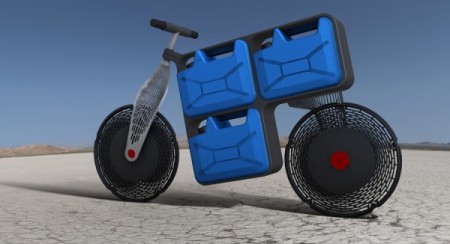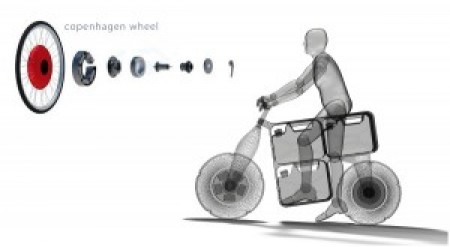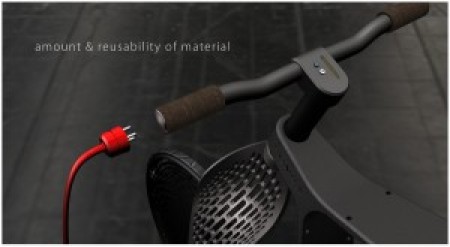In the United States, we never think about our drinking water. Potable water is so available, clean and cheap that it has become an afterthought for us. These days, regular water isn’t even good enough for us, so we’ve developed a market for luxury or boutique waters. The United States is the world’s largest market for bottled water and we consume more than 8.6 billion gallons of the stuff a year. That’s about 79 liters of bottled water, per person, per year.
Much of the rest of the world, however, isn’t quite so lucky. Large parts of the developing world have inadequate access to potable water and use sources contaminated with disease vectors, pathogens or unacceptable levels of toxins or suspended solids. Drinking or using such water in food preparation leads to widespread acute and chronic illnesses and is a major cause of death and misery in many countries.

How widespread is this problem? Several African nations, for example, have only around half of their populations or so with access to safe drinking water. Worldwide, approximately 1.2 billion people—that’s one in six—live without access to clean water, noted the NGO Responding to Climate Change, and that’s a figure expected to rise to over 5 billion by 2025. Around 42,000 people die every week from water borne diseases.

So what can one designer and one funky-looking electric scooter do to help alleviate this problem? Fernando Ocana, lead designer at Germany-based Think Automotive used the Honda sponsored “mobility for the masses” project to offer the world his Water on Wheels concept. The electric scooter was inspired by the simplicity of a motorcycle but also incorporates an ingenious easy-to-use, easy-to-repair, multi-application utility.

Since much of potable water in the developing world is often located far from town and villages, the scooter has to be able to travel over long distances. The Water on Wheels concept utilizes both in-wheel batteries and electric motors. The wheels are made of rubber to absorb any shocks and impacts, acting as the motorcycle’s suspension system. They are designed without tires and can be wrapped with leftover materials such as old tires, leather or fabric—whatever a user has on hand.
In a further spark of innovation, this concept envisions a battery and engine solution “designed to meet the renewable energy capacity in the developing world.” And, since the jerrycan is the standard water container the world over, Ocana designed his vehicle with the ability to carry three of them.
That’s a total capacity of 60 liters of water, enough to meet a family’s daily drinking and cooking needs.